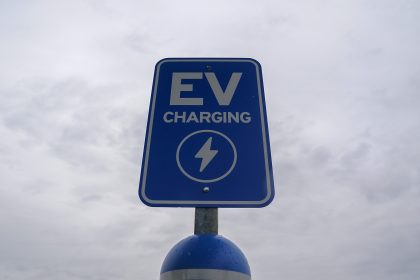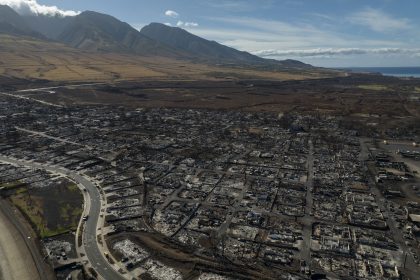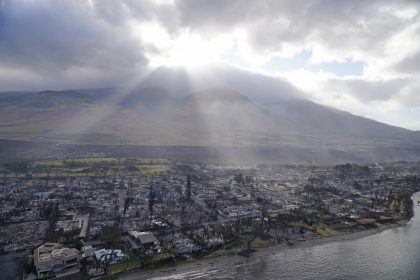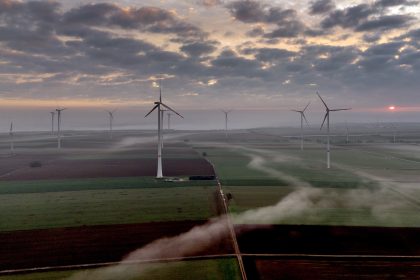Forestry Industry Says Federal Aid Could Help Slow Global Warming
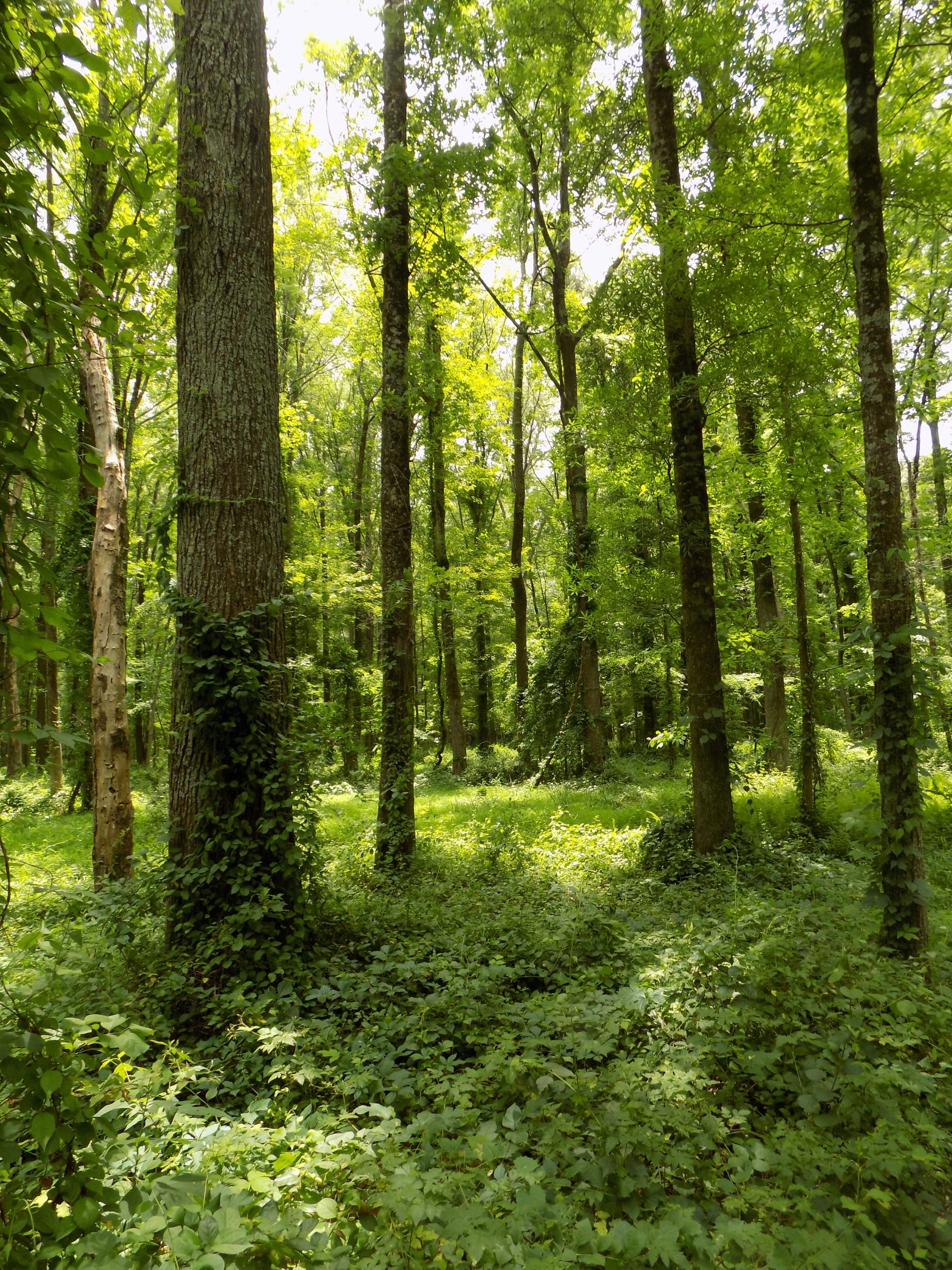
WASHINGTON — Forestry industry executives told a congressional panel Wednesday many of the solutions to climate change lie in the woodlands but public policy sometimes puts an environmental fix out of reach.
Part of the answer could be as easy as providing incentives for small businesses to plant more trees, they said.
“Protecting our environment does not have to be bad for business,” said Rep. Jared Golden, D-Maine, chairman of the House Small Business subcommittee on underserved, agricultural and rural business development.
The forestry industry hopes to win some of the funding in the Biden administration’s Build Back Better Plan.
The $3.5 trillion plan would include a dramatic increase in funds for infrastructure investment and environmental protection, which could include financial assistance to the forestry industry.
Members of Congress continued making final revisions to the Build Back Better Act this week as it heads to a crucial vote before the new fiscal year begins Friday. If they cannot reach agreement, the federal government faces the risk of a shutdown.
The congressional hearing Wednesday addressed challenges to the forestry industry as a small business problem because much of the logging is done by family-owned companies with fewer than 20 employees.
Among their challenges are high equipment and insurance costs, a lack of low-cost trucking services and tough federal regulations.
Together they mean forestry companies often have small profit margins of 1% to 3%, making it difficult for them to attract younger employees seeking career opportunities.
Golden described the declining forestry industry as a tragedy that could be avoided if it could be developed to its full potential. Forestry contributes about 5% of U.S. manufacturing output.
“Innovative new forest products hit the market every year,” he said.
Examples include plastics made from organic material, cellulose that could be used for biofuel and biomass that can be burned to generate heat and electricity.
Rep. Jim Hagedorn, R-Minn., blamed “extreme environmentalists” for some of the industry’s problems.
Their efforts to prevent logging to protect forests not only prevent the industry from thriving, they also add to risks of wildfires by not removing dead wood or underbrush that fuels the flames, he said.
“When [forests] burn down, they say it’s all climate change,” Hagedorn said.
Meanwhile, the forestry companies “saw their incomes go up literally in smoke,” he said.
He prefers proposals that would allow the forestry industry to cultivate more of the nation’s woodlands in a way that protects them, even when they lie on federal property.
Forestry advocates described their industry as being caught in a dilemma in confronting climate change.
On one hand, tree leaves remove the carbon dioxide that contributes to global warming, through photosynthesis. On the other hand, global warming is causing more devastating forest fires, thereby destroying the trees that benefit the environment.
Photosynthesis is a process used by plants and other organisms to convert light energy into chemical energy that, through cellular respiration, can fuel the organism’s activities. In other words, tree leaves absorb polluting carbon dioxide and replace it with fresh oxygen.
Adam Daigneault, a forestry professor at the University of Maine, said forests remove 12% of U.S. greenhouse gas emissions but the amount could be doubled with financial incentives.
“Markets are really key to sustaining the health and viability of our forests,” Daigneault said.
Scott Dane, executive director of the American Loggers Council, said more wildfires are turning U.S. forests into contributors to carbon emissions that cause global warming rather than a solution to the problem.
He mentioned as an example video he submitted that showed some of the recent damage caused by wildfires that burned about three million acres in California and other western states.
Intelligent cultivation of the forests could have prevented many of the fires, he said.
“Put simply, loggers ensure healthy forests,” Dane said.



















